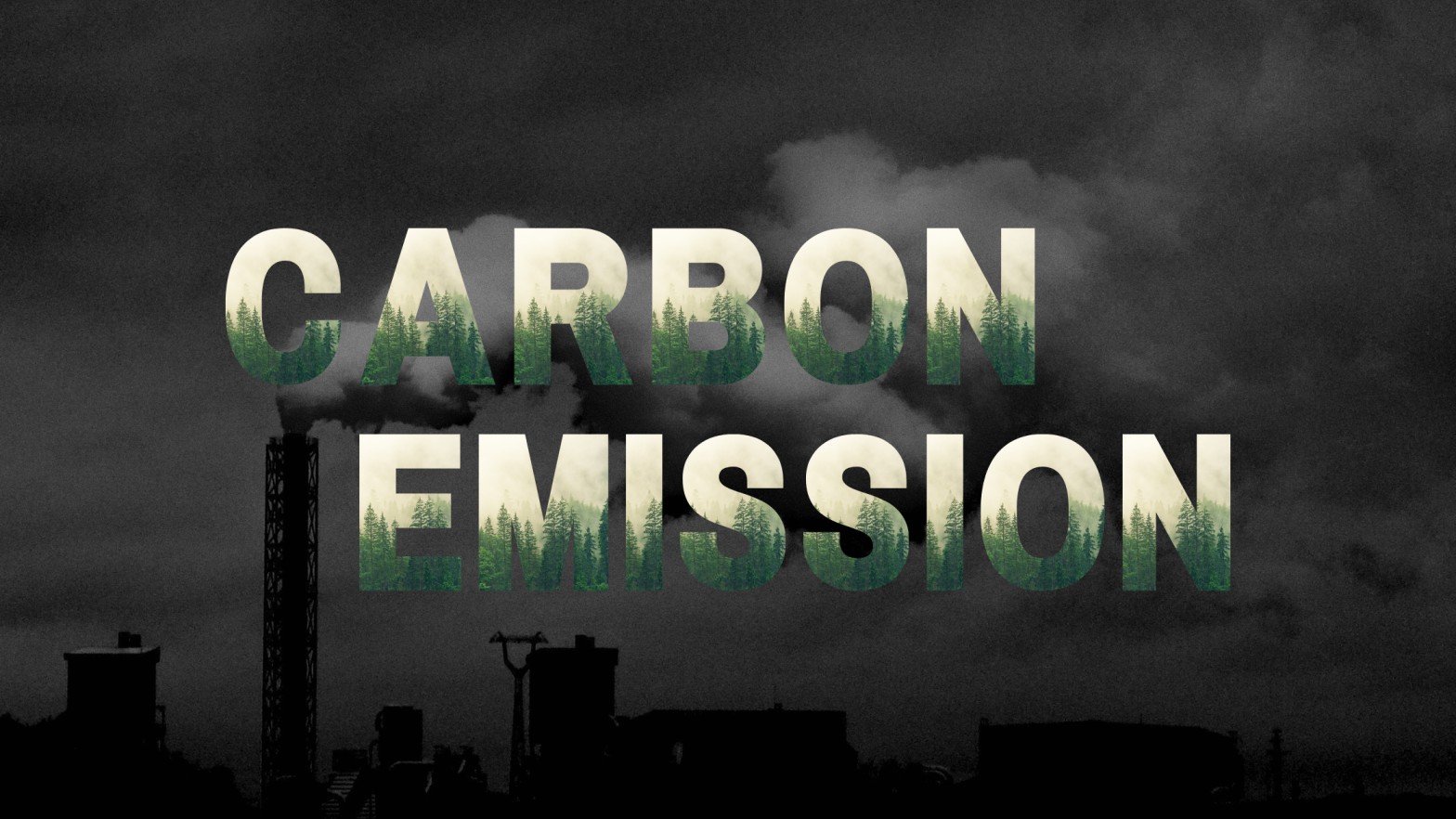
Solar Subsidy by Government of India
Surely everyone is acquainted with the recent news about the power crisis across the world. We all have been reading about it , witnessing it. The power crisis has become a huge problem lately. On the one hand, there is a scarcity of coal for the power plants, and on the other, the power outage during the blazing summer has made things worse for the average person. Green energy can be very beneficial in addressing the power crisis in such trying times. “Solar for Home”, “Solar for residential”, “Solar power is the future”, “Go Green – Go Solar” ~ we keep hearing these things around . But has there been made any effort to make sure that everyone of us can actually afford to switch to the cleaner energy. Well, the Government of India has taken many initiatives since long to help people in switching to solar . To promote the solar adoption, the Govt. has been giving subsidies. Offering a subsidy on solar panels (systems) is done primarily to encourage homes to go solar.
In the beginning, the government planned to install 4GW worth of solar power systems for home by the end of Dec 2022 but due to COVID-19 , it was extended till Dec 2024. On July 30, 2022, a National Solar Portal was launched. The National Subsidy Scheme will operate concurrently with the State-wise Subsidy Program. Meeting the 4 GW household solar ambition by 2024 is still the goal.
Now as mentioned above, there are 2 different types of subsidies – State-wise Subsidy Program and National Subsidy Scheme.
State-wise Subsidy Program started as a state-run programme. The solar rooftop subsidy programme is managed by the state DISCOMs to promote solar installation across the state. The MNRE collaborates with each state that has an active subsidy programme to manage the solar subsidy programme (Ministry of New and Renewable Energy).
National Solar Subsidy Scheme is also known as Direct Bank Transfer (DBT) Scheme. Customers can use the National Solar Portal to submit an application for a subsidy. Within 30 days of the solar system’s commissioning, the clients’ bank accounts will automatically receive the subsidy. So even if your state does not currently offer a solar panel (system) subsidy, you can still apply for one through the National Solar portal.
The ministry of of new and renewable energy(MNRE) have also fixed the subsidy amount for every customer regardless of their state and the customer can get the solar power plant installed from any vendor whom they vetted properly and negotiated the best price for themselves. Earlier subsidy was disbursed on the basis of over priced L1 rate of each state that use to differ from state to state. Now customer can negotiate the prices of the solar power plant with their vendor and can get the best price from them and claim the whole subsidy which is fixed by MNRE. The subsidy amount for a capacity between 1kW-3kW is Rs.14,588/- per kW, for capacity between 3kW-5kW is Rs. 14588/- per kW for first 3 kW and thereafter Rs. 7294/- per kW and for capacity above 10kW is fixed at Rs. 94,882/-.
The customers who are interested to install solar for their home can now easily log in the the government solar subsidy portal i.e. www.solarrooftop.gov.in
The customers can apply for the solar subsidy scheme by first filling out their CA no. as mentioned in their electricity bill, choose the DISCOM from where they have their grid connection, fill in their registered mobile number and registered Email ID on which they want their application notification on. The customer needs to also install the government messaging app developed by National Information Centre i.e. Sandes app. Once you install this app kindly login to it with your registered mobile number.
While making an account on the national solar portal you would need to send an OTP to your Sandes app from that website itself. Once you fill in the required details with the OTP, your account will be created on the portal.
While filling up the application form you would need to confirm your email id from the verification mail that has been sent to you on the mentioned email id. Once that’s done you need fill in the required details like solar proposed capacity, sanctioned load(mentioned in your electricity bill), your geo location(longitude and latitude) of your house. If you have already installed a plant and you are extending your plant capacity then you would also have to mention that on the portal in the desired column. Then click on next. Once that’s done you would need to upload your any electricity bill of past 6 months and then submit your application.
Then within 15 days the feasibility evaluation approval will come in and after that you can get your solar power plant installed from any vendor of your choosing and fill in the installation details with the required bank details where you would want your subsidy to credit by taking the help of your vendor. Then the inspection of your plant will take place by an authorized representative of your DISCOM. Once that is done and your net meter is also installed then commissioning report of the plant will be generated and your application will move towards subsidy request and within 30 days your subsidy will be disbursed directly to your bank account.
The Government has taken this initiative to boost the installation of solar in the residential sector where every customer can get one stop solution from one portal and can get rid off the problem of multi-party liasoning and eliminating the chances of bureaucratic delay.
Greenon Energy is the best and expert partner you can get to fulfill all the above criteria and help you to get the best solar power plant with subsidy.
So what are you waiting for, book your solar power plant today! And log into: www.greenonenergy.in





3 thoughts on “Solar Subsidy by Government of India”
Pingback: Installing Solar : A Status Symbol | Greenon Energy
Pingback: Challenges Solar Customers face | Greenon Energy
Pingback: Solar Panels in cold climate | Greenon Energy